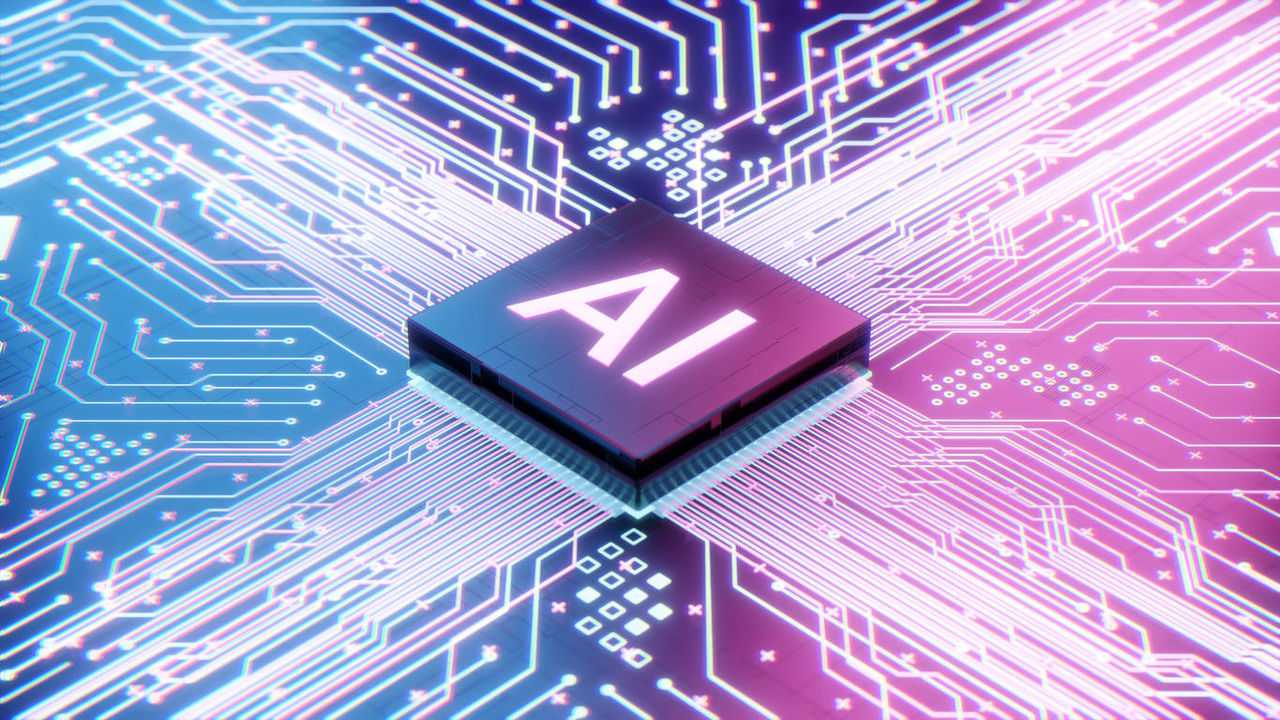Workplaces have undergone massive transformations post-pandemic. According to Gallup, fluctuating markets and rapid disruptions have increased job responsibilities for over 69% of employees. As a result, corporate investments in AI technologies and task automation tools like Agentic AI have risen globally.
In evolving workplaces, agentic AI has ushered in a new era where work is not just being automated; it is being reimagined. Recent Gartner research suggests that agentic AI will be incorporated in over 33% of enterprise software applications by 2028. This shift will enable nearly 15% of everyday functions to happen autonomously.
However, as with any technological advances, this change has complexities. The benefits and pitfalls of agentic AI should be critically analyzed to create sustainable automation strategies.
What is Agentic AI?
Agentic AI refers to artificial intelligence systems that are designed with agency. This means that agentic AI systems have the capacity to make decisions and perform actions without explicit intervention. They are designed to reason, adapt, and act with initiative.
Traditional automation systems are based on prompt inputs and are therefore reactive, meaning they generate predetermined outputs that are explicitly “prompted” and can't act by themselves. However, agentic AI is context-aware, goal-driven, and proactive, and thus can generate dynamic outputs without prompt inputs. Since it works on understanding its environment, agentic AI can also learn and adapt.
Agentic AI is created with a modular architecture that includes planning engines, goal tracking, and context managers. Minimal intervention enables agentic AI to interact with data, humans, and systems.
Advantages of Agentic AI in Workplace Automation
Agentic AI is a seismic shift to autonomous, goal-driven systems that work with humans to create plans and complete tasks rather than perform static task execution.
Enhance decision-making
Agentic AI primarily enhances decision-making since it can ingest and analyze substantial volumes of structured and unstructured data within limited timeframes. To achieve this autonomy in decision-making, agentic AI systems leverage a confluence of complex machine learning algorithms, natural language processing (NLP), and automation tooling, allowing them to make informed and contextually aware decisions.
For instance, in customer service, agentic AI can be used to analyze prior history of interactions, real-time behavior, etc., to maximize sales efficiency, user experience scores, and more.
2. Autonomy and scalability
One key differentiating factor between traditional AI systems and agentic AI is that the former necessitates human configuration and insight for accuracy and sustained functioning. However, agentic AI operates independently and requires minimal administrative oversight. This means a myriad of day-to-day tasks like manager-supplier negotiations, assessing risks, and finalizing purchases can all be carried out by agentic AI without a human in the loop, reducing a manager's workload.
3. Process optimization
Agentic AI works not by automating isolated tasks but by enabling end-to-end automation of business processes. While it may leverage the capabilities of generative AI, it works on optimizing specific goals. For instance, a supply chain manager may use agentic AI to reroute logistics based on external factors like weather, factory output, etc.
4. Continuous improvement
Agentic AI is embedded with learning mechanisms; hence, it can adapt its strategies over time. Bottlenecks can be identified, workflows adjusted, and system changes may be recommended in real time, turning automation systems into dynamic co-strategists.
5. Cross-functional collaboration
Agentic AI can address issues across cross-functional boundaries. Its powerful reasoning and execution abilities can transform human-machine collaboration and better align decision-making. Organizations can use multi-agent AI models to scan and analyze ubiquitous data in a fraction of the time it would take human teams.
Disadvantages and Challenges of Agentic AI
Since agentic AI systems are relatively nascent, there are potential challenges to be aware of.
Security vulnerabilities
Since agentic AI operates with high-level clearance and system access, it can make these systems a possible target for cyberattacks. Rigorous safeguarding options should be implemented to prevent sensitive data from being compromised, unauthorized transactions from being enabled, and, therefore, operations from being disrupted.
2. Ethical and compliance risks
If agentic AI systems are given autonomy without proper alignment with organizational policies, they can inadvertently make decisions that violate ethical norms or regulatory requirements. Therefore, despite its autonomous nature, an AI agent or manager may be required behind the scenes to compose teams, assign roles, and calibrate conditions where AI decision-making can be trusted.
3. Opaque decision logic
Agentic AI often operates as a black box, making decisions with higher-order reasoning, making it significantly difficult for humans to extrapolate how decisions are made. Further, there may be a severe lack of transparency behind the whys of decision-making, posing significant threats to various industries, especially those that rely on heavy regulation.
4. Overdependence risk
As more and more tasks get delegated to agentic AI, there is a high probability that human skill sets might atrophy. The risk of employees relying increasingly on AI systems and losing critical thinking skills and judgmental capabilities cannot and should not be ignored.
5. Complex implementation systems
Agentic AI implementation is not as simple as installing a software plugin. A high-level coordinated action plan considering adopting new data infrastructures, cross-departmental coordination, and continuous training would be necessary to achieve successful implementation. Further, for organizations to effectively align workers and processes with autonomous workflows, ample investment in change management is paramount. Leaders—HR chiefs and managers—have a key role to play in driving agentic AI automation and building future-ready workforces.
Strategies for Effective Integration of Agentic AI
Advances in agentic AI are redefining what was once believed to be impossible in the automation field. By embracing agentic AI, forward-thinking organizations can unlock numerous productivity, innovation, and collaboration advantages.
Attempting a full-scale transformation in one sweep is neither advisable nor sustainable. Discrete, high-impact use-cases like invoice reconciliation or customer support may be considered initially before moving onto interconnected systems. These can be used as proof of concept to refine and implement strategies later.
Before agentic AI is deployed full-scale in an organization, clear operational and ethical boundaries may be defined. Stipulating which actions, the conditions under which, and the levels of autonomy AI systems would be authorized are key factors for decision-makers to keep in mind. Governance layers may also be embedded within programs for easier oversight.
Agentic AI may augment human efficiency, not replace it. Employees may be equipped with in-demand skills to collaborate effectively with AI agents, such as prompt engineering and performance audits.
Automation may incorporate continuous feedback and monitoring for AI to implement model adjustments. KPIs may be established for quality and compliance.
For AI systems to work effectively, employees need to trust them. By building trust in AI, leaders can ensure a transparent understanding of how agentic AI works and how it can benefit employees and organizations.
Conclusion
AI systems have leaped forward with agentic AI models that can act intelligently and autonomously to achieve goals without requiring constant human intervention. However, this evolution comes with its own set of challenges and risks. Trust, ethics, and integration complexity concerns should be addressed promptly through practical, thoughtful strategies.
Business and government leaders may collaborate to ensure the safe and fair development and adoption of agentic AI.




